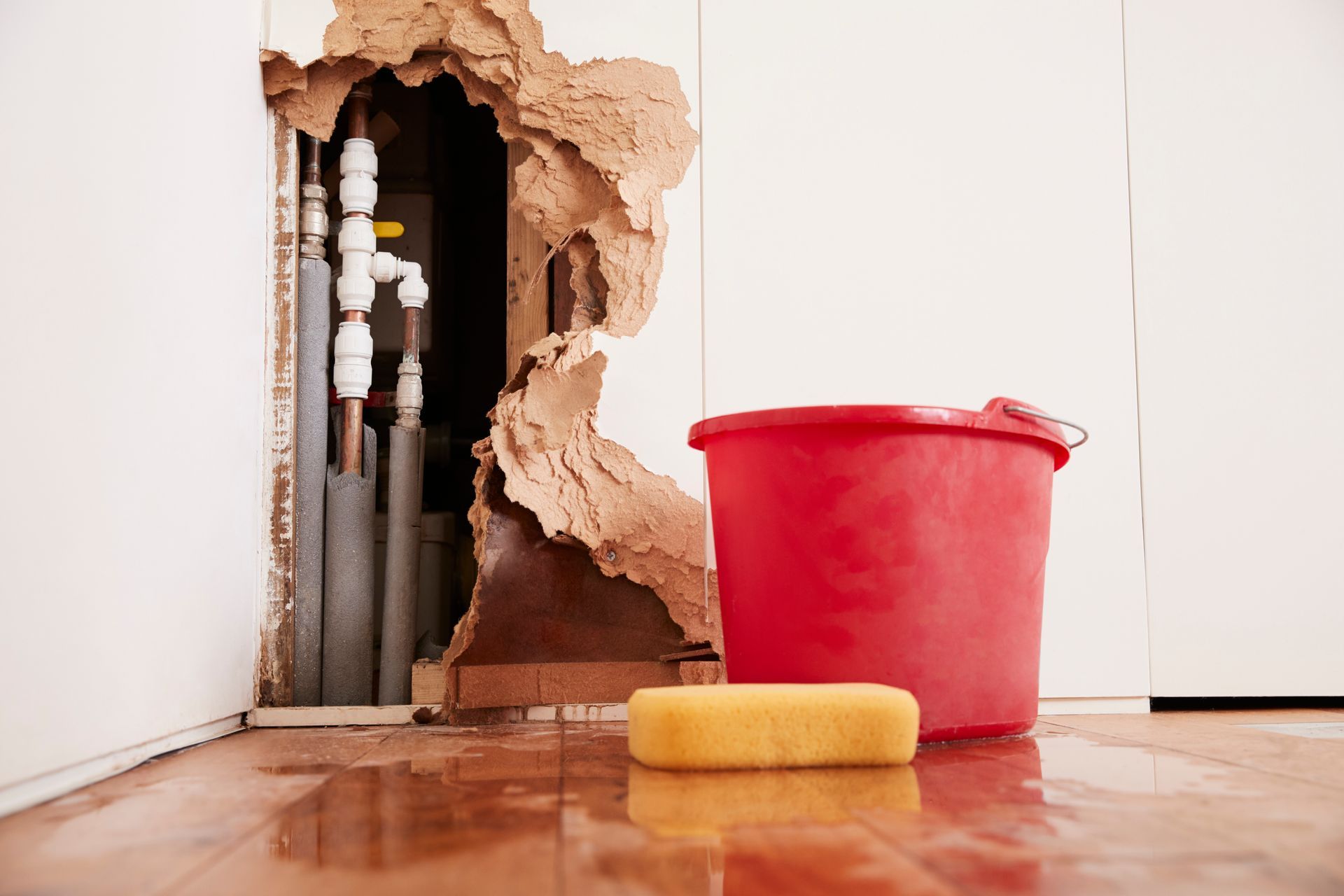Insulation is a crucial aspect of any construction project, whether you’re building a new home or renovating your existing one. It helps maintain a pleasant indoor environment, keeping you cozy in winter and cool during those scorching summer months! But with a vast array of insulation materials available, selecting the right one can be a daunting task!
In this comprehensive article, we’ll walk you through various insulation materials, their characteristics, and applications. From traditional options to cutting-edge eco-friendly alternatives, we’ve got the lowdown on everything you need to know! So, let’s dive in and find the perfect insulation solution for your needs!








